It’s no secret that climate change is reshaping industries around the world, but few feel it quite as directly as the coffee industry. Coffee is a crop that depends on stable, delicate environmental conditions, and as temperatures rise and weather patterns shift, the future of your morning brew is coming under serious threat.
So what exactly is happening to coffee production? And what does it mean for the people who grow it, and the people who drink it?
The Problem with a Warming World
Coffee, particularly Arabica, is extremely sensitive to its environment. It needs consistent rainfall, moderate temperatures, rich soil, and specific altitudes to flourish. That’s why most coffee is grown within the “bean belt”, a narrow band around the equator, which happens to also be where most parrot species reside.
But that belt is shrinking. Rising global temperatures, unpredictable rainfall, and more frequent extreme weather events are making coffee farming harder — and riskier — every year.
By some estimates, up to 50% of current coffee-growing land could become unsuitable by 2050. That’s not a distant problem — it’s already being felt in regions like Brazil, Honduras, and Kenya, the locations of three of our coffees, where farmers are battling everything from drought and floods to increased pests and plant diseases.
The Human Impact
For the smallholder farmers who grow the vast majority of the world’s coffee, climate change isn’t a theory — it’s a daily challenge. These farmers are often working with limited resources and narrow profit margins, and climate instability can mean entire harvests lost to leaf rust, heat stress, or storms.
Some farmers are being forced to move their crops to higher altitudes, while others are abandoning coffee altogether in favour of more resilient crops. The loss isn’t just agricultural — it’s cultural, economic, and generational.
Will This Affect the Coffee We Drink?
Yes — and in more ways than one.
-
Flavour: Beans that ripen too quickly due to heat often lose complexity, resulting in flatter, more bitter coffee.
-
Supply: As yields drop and farming becomes more expensive, supply tightens.
-
Price: Climate-related disruptions have already begun pushing prices up, especially for high-quality, single-origin coffees.
-
Biodiversity: The push to keep coffee yields high can sometimes lead to deforestation, monocropping, and the loss of natural habitats.
What’s Being Done?
It’s not all bad news. Across the world, farmers, scientists, and roasters are working on solutions:
-
Agroforestry and shade-growing techniques help protect soil and reduce temperature extremes.
-
Resilient coffee varieties are being developed to withstand pests and climate stress.
-
Certifications like Bird Friendly, Organic, and Rainforest Alliance promote environmentally responsible farming.
-
And more roasters are investing directly in sustainable farming partnerships, paying premiums to growers who commit to long-term climate resilience.
How The Aviary is Supporting the Shift
At The Aviary, we believe in making coffee that does more than taste good, it should protect the places, people, and ecosystems that make it possible.
-
Our Jungle Breeze coffee, for example, is grown under shade canopy in Honduras on a Bird Friendly, Organic, and Fairtrade certified farm, meaning the forest stays intact, the soil stays healthy, and the birds have a place to live.
-
We also partner directly with conservation charities, donating 5% of our profits to projects that preserve biodiversity and protect wild species impacted by climate loss.
It’s a small but powerful way to ensure that coffee doesn’t come at the cost of the planet.
Coffee is one of the many silent casualties of climate change, but it’s also one of the most powerful vehicles for change. By choosing to support sustainable coffee practices, you’re not just getting a better brew. You’re backing the farmers, forests, and future that coffee depends on.
So next time you pour a cup, consider what’s behind it — and how it might look in the years ahead.
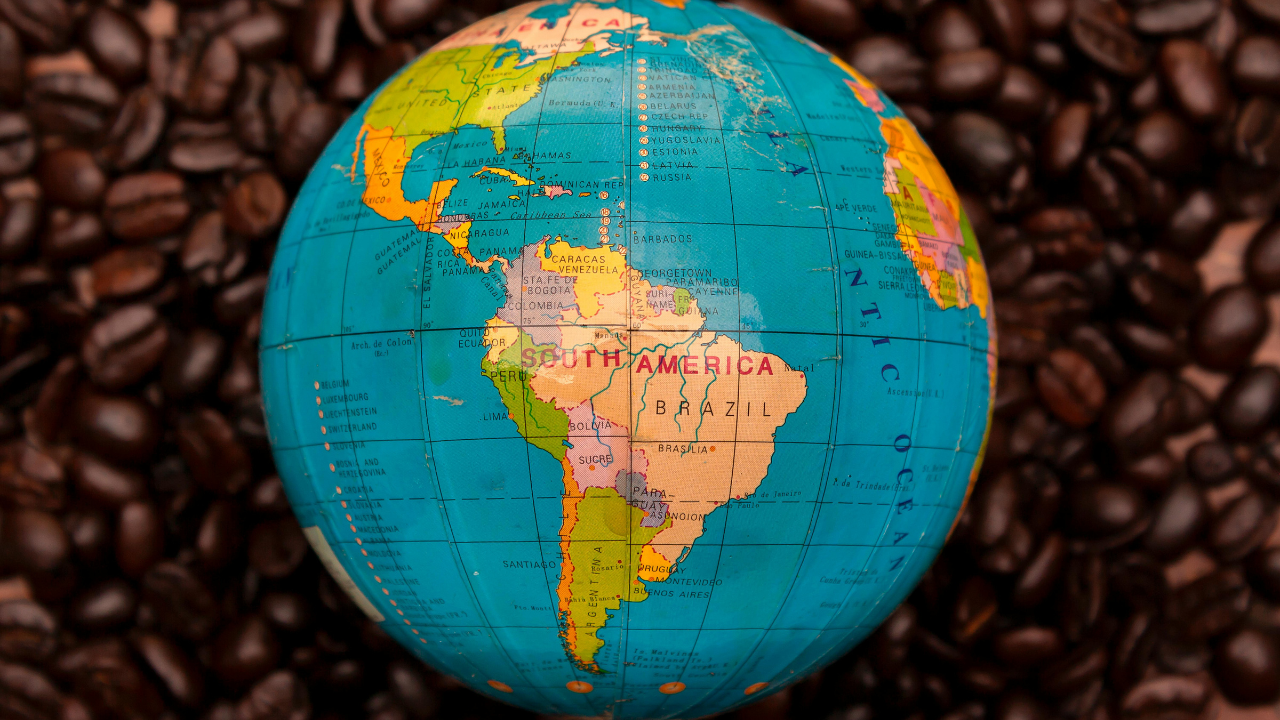

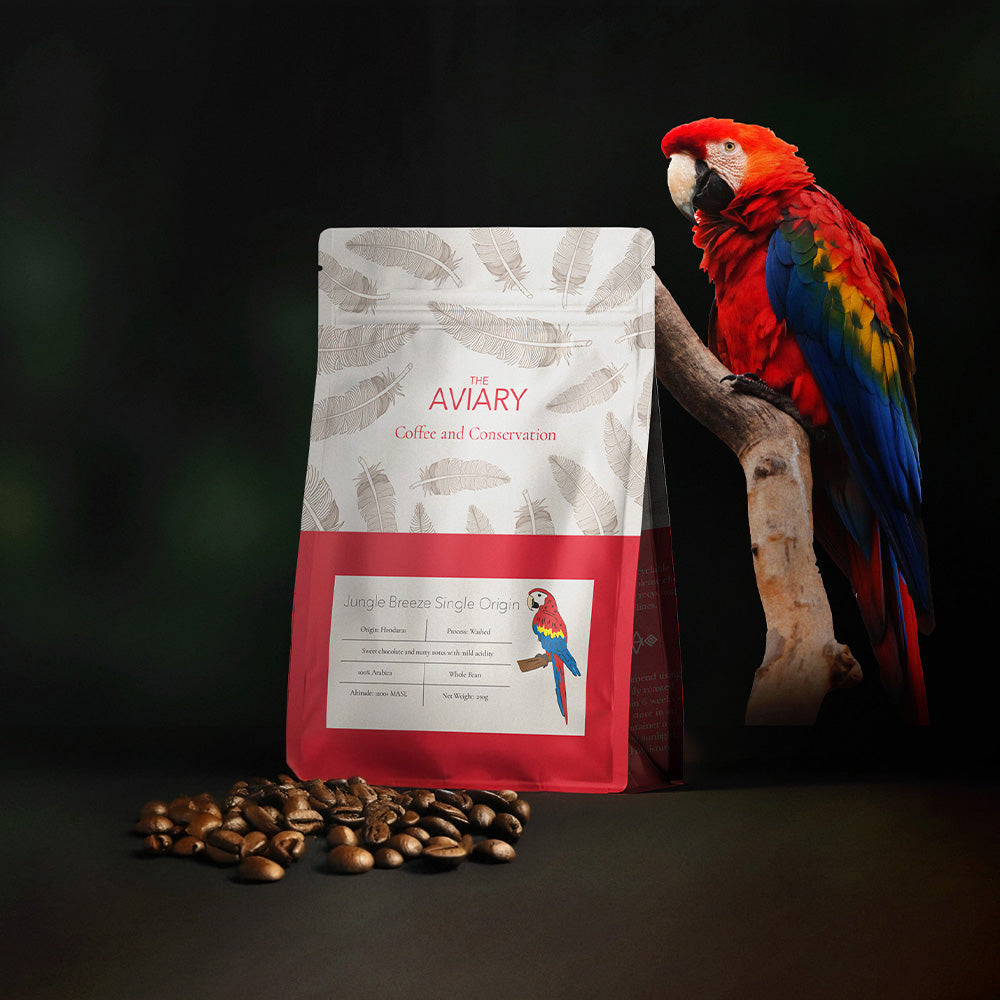


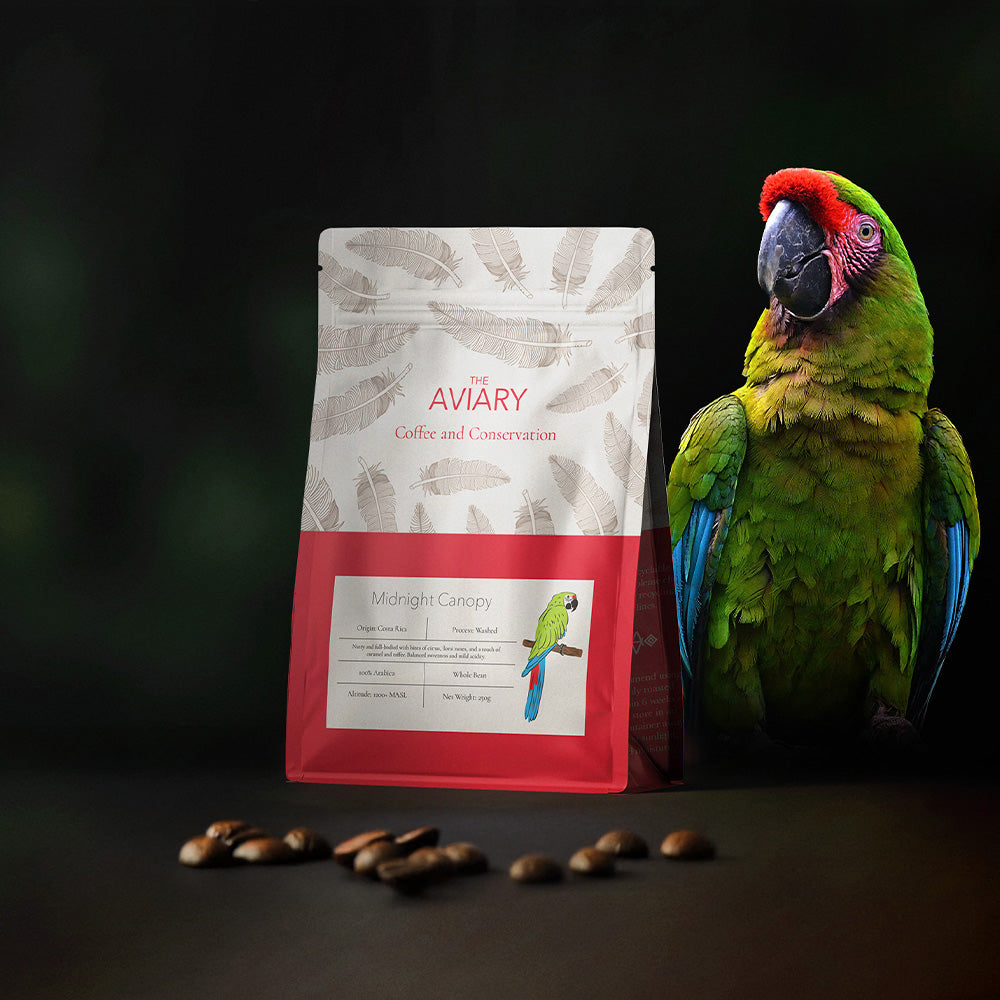
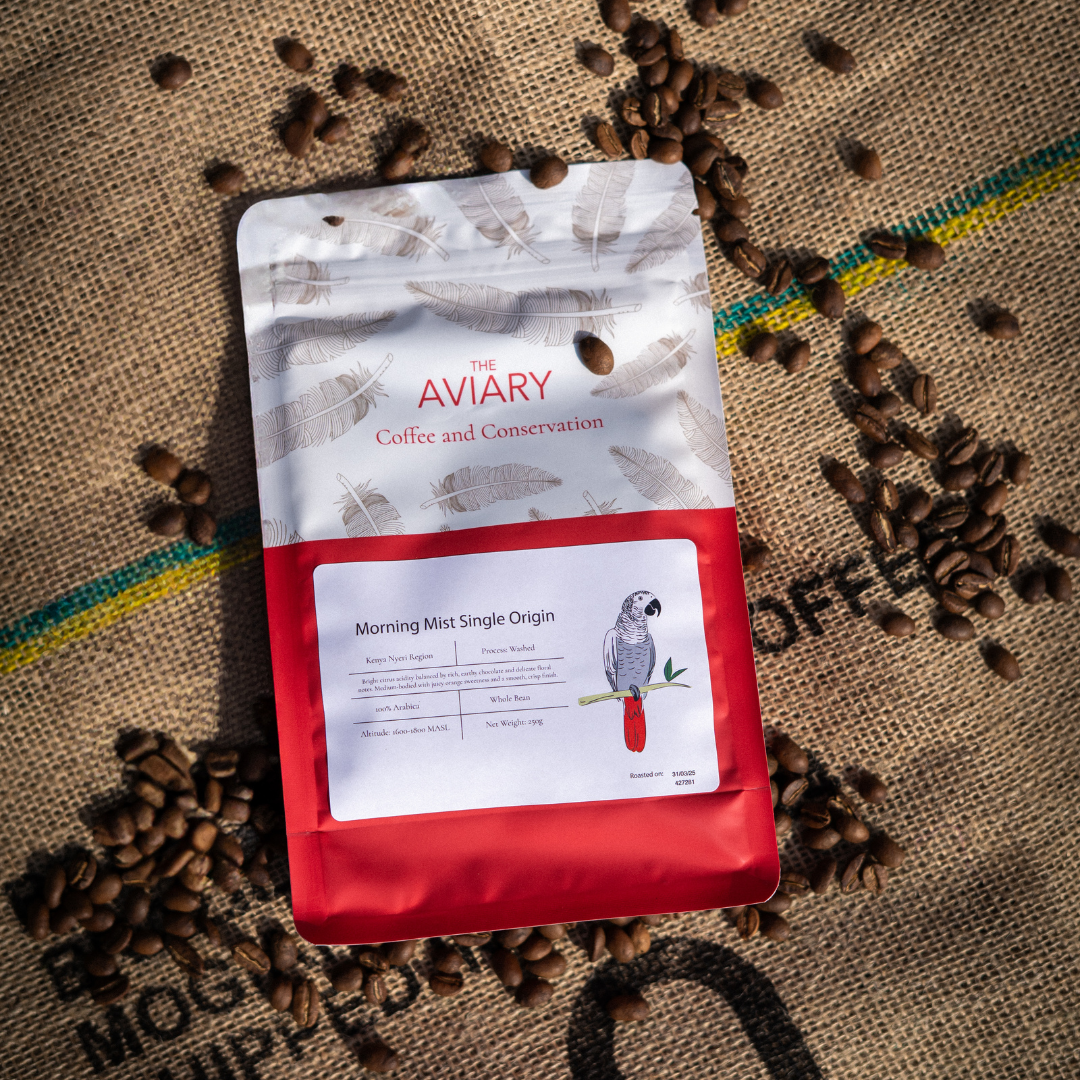
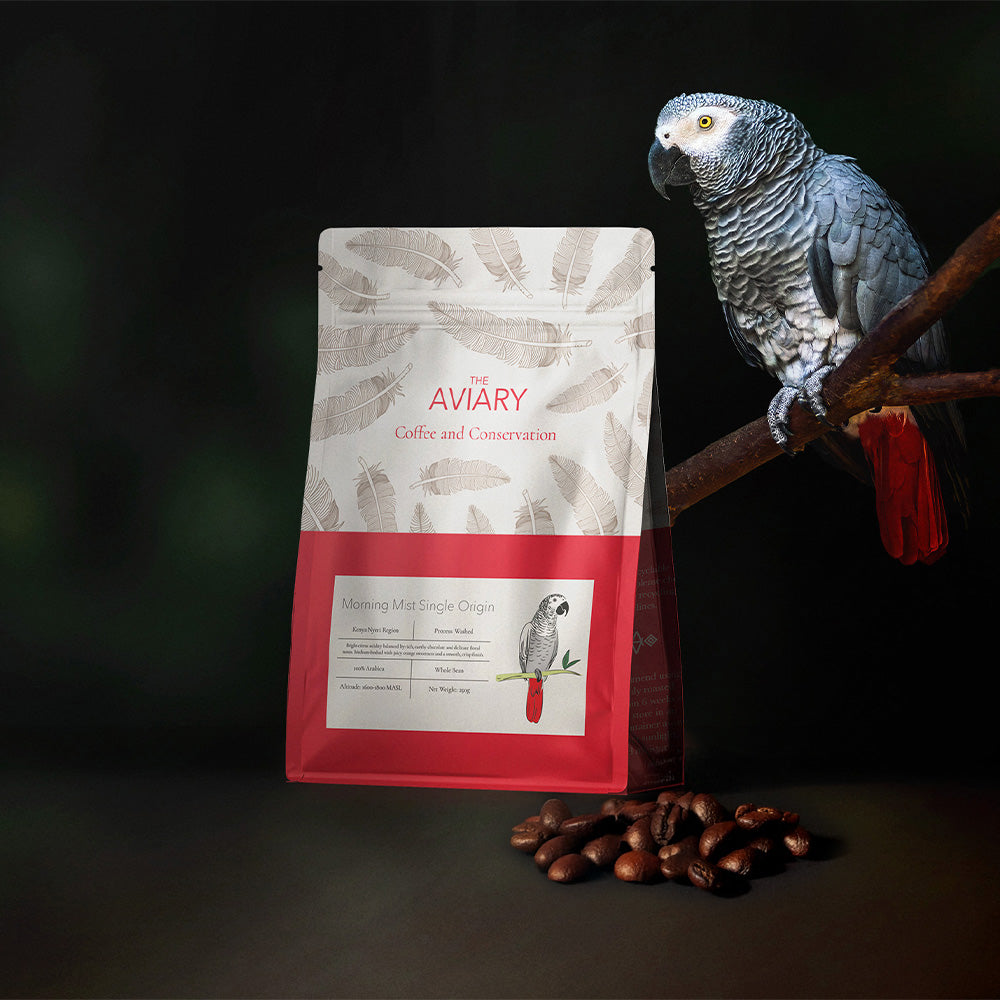

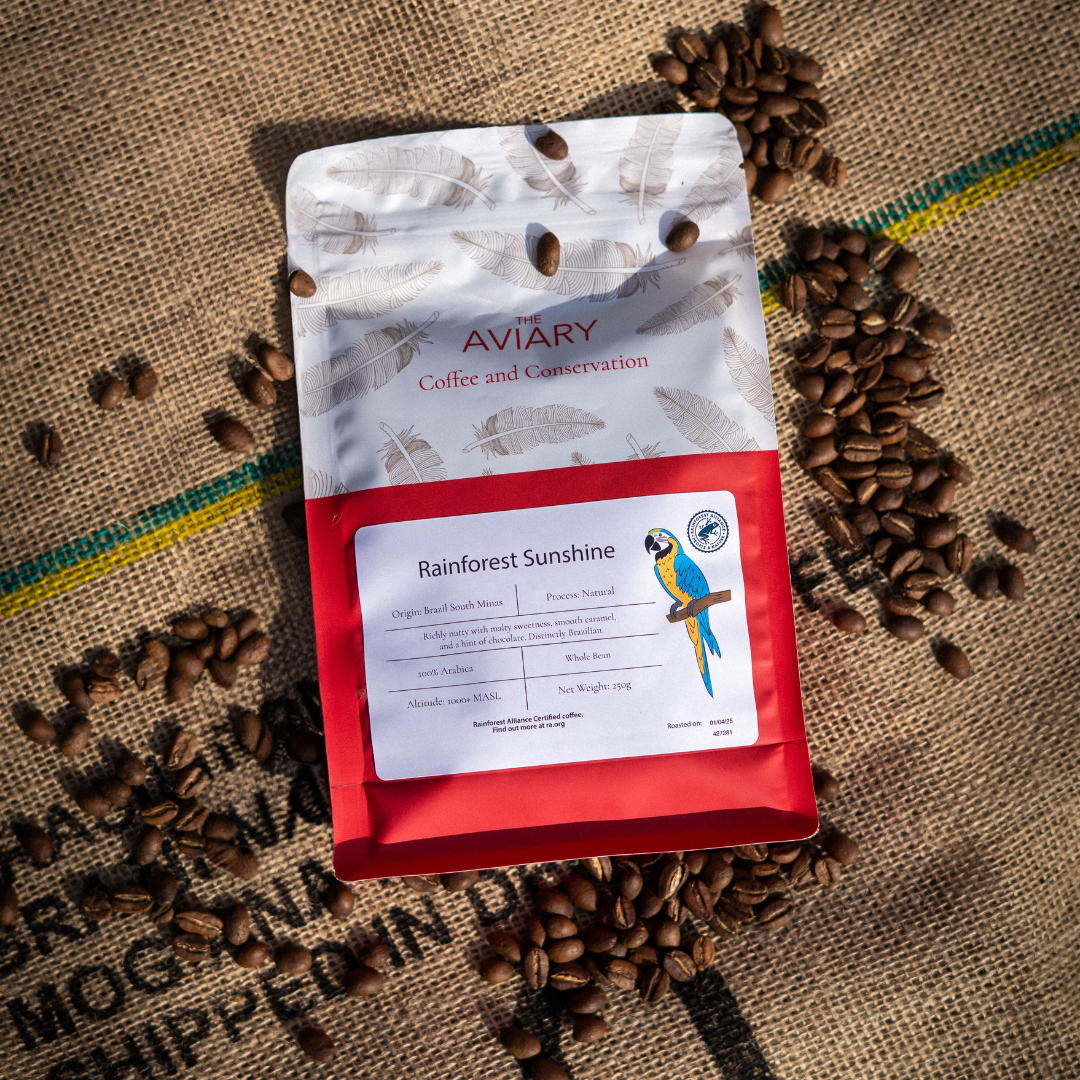
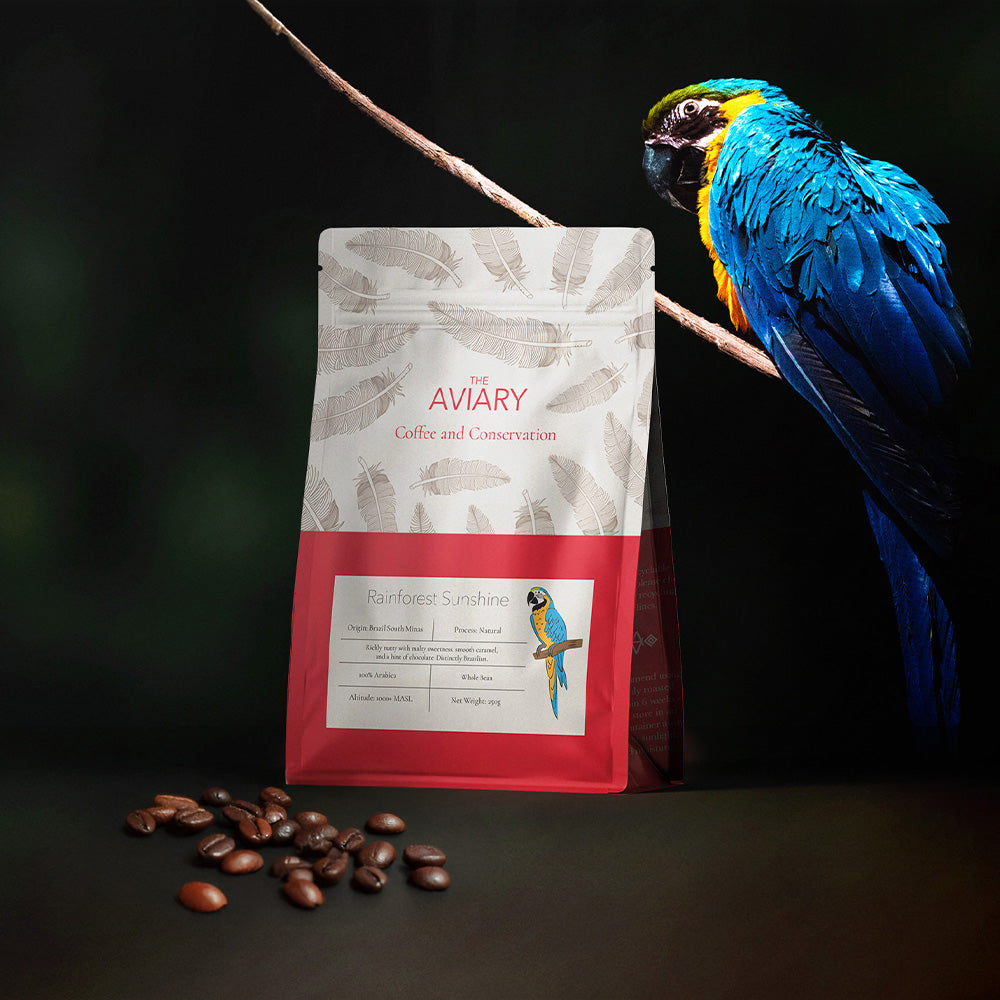

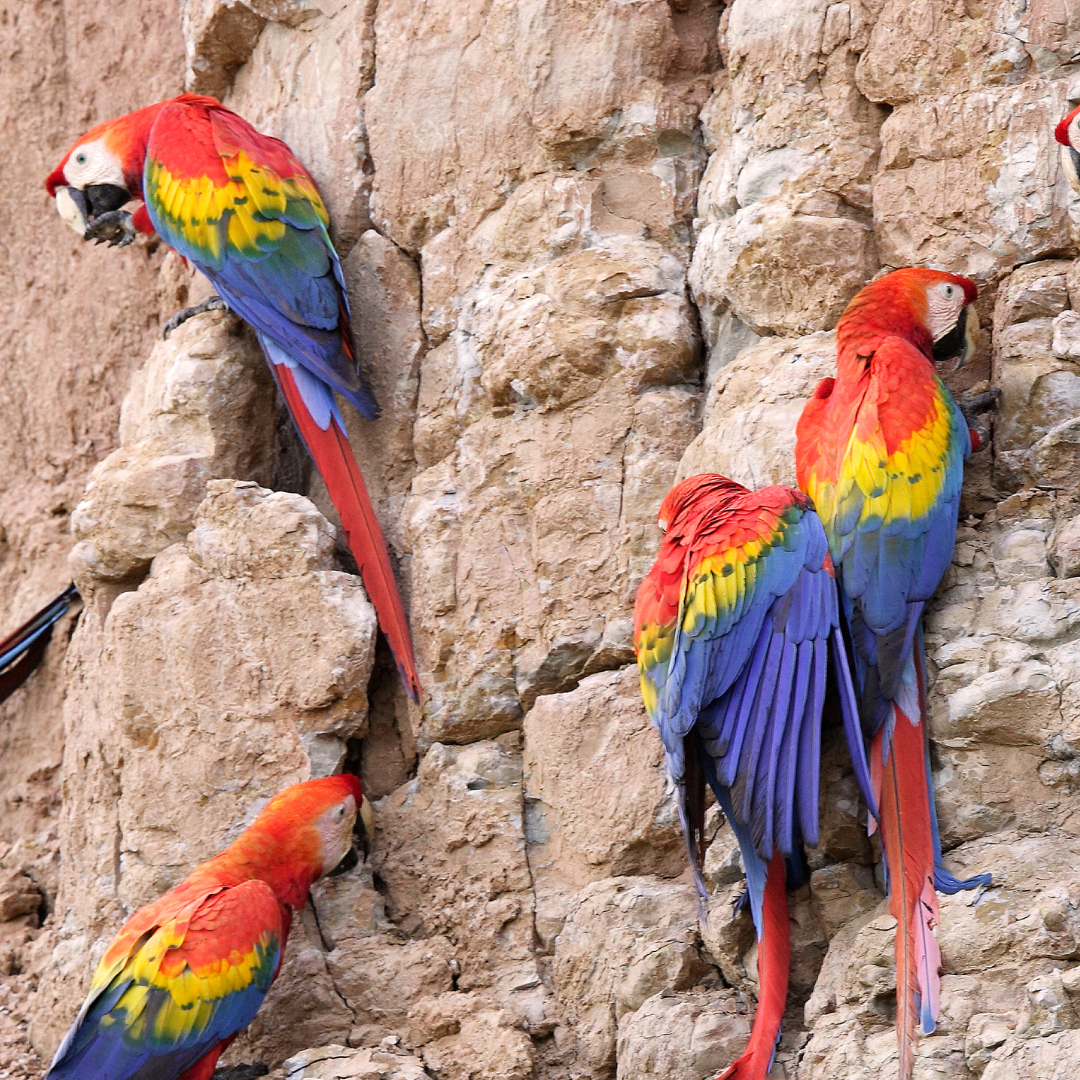
0 comments